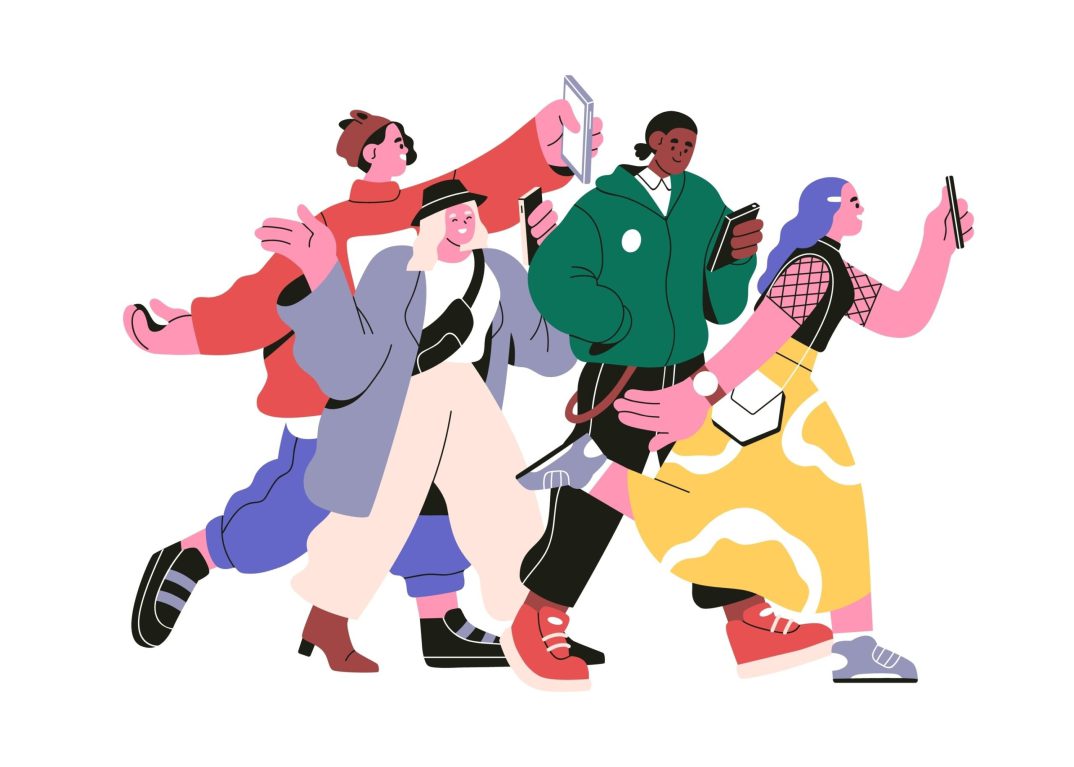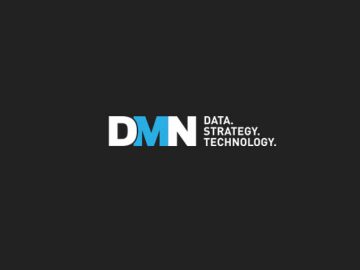Myosin Marketing is hoping your desire to do some good in the world will supersede your annoyance at getting a random text.
On Tuesday, Myosin, a self-described accelerator helping brands scale their marketing efforts via technology, launched a new product with an unconventional use case.
The platform, called Marketing Reimagined, sends out SMS and MMS messages inviting consumers to redirect part of a partnered brand’s advertising budget toward a suggested nonprofit organization.
Brands involved in the eight-month pilot reportedly saw a 500% increase in click-through rates, 250% increase in conversion rates and “significantly reduced customer acquisition costs” from working with the platform.
Myosin CEO and Co-Founder Sean Clayton believes this represents a win-win for consumers, charities and brands – especially if the consumer opts into additional marketing from there.
Rather than the standard approach, Clayton said, with a brand appeal to purchase a product, this is a different (and easier to convert) way to create back-and-forth engagement with a potential customer. “And then somebody actually feels good about their association with the brand,” he said.
Nonprofit opt-in
The initial idea came from Clayton’s time working with text-based messaging company Launch Control, during which the compliance laws around SMS marketing changed significantly.
Starting this year, the Telephone Consumer Protection Act (TCPA) requires marketers to obtain express written consent for each seller before sending robocalls or texts, closing a “lead generator loophole “ that had allowed the solicitation of new consumers based on previous opt-ins.
Previously, in other words, if you’d agreed to receive messages from one company, other companies could use that prior agreement to reach out to you without permission. But not anymore.
Subscribe
AdExchanger Daily
Get our editors’ roundup delivered to your inbox every weekday.
However, neither nonprofits nor political campaigns are affected by this new regulation, opening up a new (albeit unorthodox) marketing opportunity for brands to partner with these organizations.
From that starting point, the team at Myosin worked closely with the Ampathy Foundation, which can receive and remit grants on behalf of both individuals and organizations – a way to convert advertising into corporate social responsibility (CSR) budgets, as Clayton put it.
How it works
To build its targeting audience, Myosin obtained raw data files from a large political data provider, which were then hashed to strip out personal identifying information.
After matching the phone numbers to data from other partners, including Equifax, Myosin now claims to have over 2,700 variables to work with, including content consumption habits and even credit scores, which Clayton said is “anonymized against the profile data.”
In addition to pinpointing their ideal customer profile, brands that work with Myosin also select five or six options to align themselves with from a list of over 300 nonprofit organizations.
This list of charity partners includes relief programs, such as the Salvation Army and Feeding America; eco-initiatives, including the World Wildlife Fund; and justice reform groups like the Anti-Recidivism Coalition.
After some initial testing within a target audience, Myosin then sends out AI-generated messages through Ampathy, inviting consumers to finalize the brand’s contribution by clicking an attached link (although they can also select a different recipient from Myosin’s list instead).
Upon completing the donation, consumers receive a “thank you” message that highlights the brand’s overall impact, and can choose to opt into further messages from the brand itself.
Rather than a CPA model, Clayton refers to this as a “donation per acquisition” model.
“If [consumers] donate this much, we know that we’re going to get you these kinds of outcomes,” Clayton said.
Round up to give back
Clayton does acknowledge that some consider this approach “more disruptive” to consumers and a little “too good to be true” for advertisers.
Consumers, for example, have started to regard branded do-good initiatives with more suspicion, adding another layer of tension to corporate giving. (Think back to a few years ago, when TikTok became flooded with misinformed claims that retail stores only request donations at checkout to reduce their own tax expenses.)
Unlike checkout counter transactions, however, Ampathy allows individuals to track exactly where their donations are going, said Clayton. He also believes that the benefits of this advertising model outweigh potential risks.
But feel-good giving aside, there are also practical benefits. Marketing budgets are filled with bloat and ineffective tactics, Clayton argued. SMS marketing can provide better ROI and help target difficult-to-reach customers, including those who may use ad blockers, avoid social media and not watch linear or ad-supported TV.
“This is a way to reach the unreachable while also giving back,” Clayton said.




